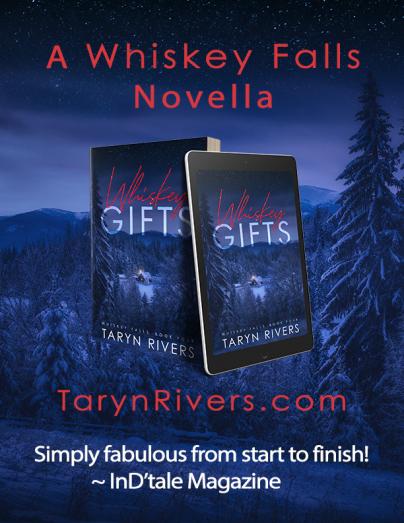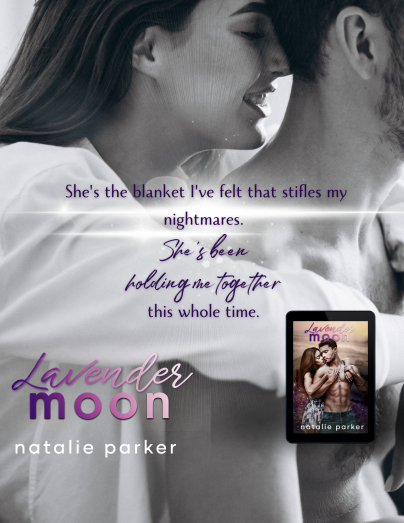News & reviews for the fiction lover in us all!
The Ultimate Guide to POV
If you're interested in writing, you've probably heard the term "point of view" thrown around a lot. But what exactly is point of view, and why is it so important in writing? Point of view, or POV, refers to the perspective from which a story is told. This means that the events of the story are seen and narrated through the eyes of a specific character, or sometimes even an outside observer.
But, why is POV important?
The choice of POV can have a big impact on how the reader perceives the story, and can even affect the way the reader connects with the characters. That's why it's important to carefully consider which point of view is the best fit for your story.
In this guide, we'll be taking a closer look at the different types of point of view and how to choose the right one for your story.
There are multiple POVs you can choose to write in:
First person
Second person
Third person limited
Third person omniscient
Fourth person (yes, this is a thing)
Let’s walk through each of these one by one.
1. First Person Point of View
First person point of view is a narrative mode in which the story is told from the perspective of a character using the pronouns "I", “me”, “mine”, etc. This means the events of the story are seen and narrated through the eyes of one character, and the reader is able to experience the story through their perspective.
Here are some examples of sentences written in first person point of view:
“I walked into the room and saw a strange man standing by the window.”
“I decided to go for a hike in the mountains, even though it was raining.”
“I couldn't believe what I was hearing - my best friend had betrayed me.”
You’ll see this type of writing all over fiction, and certain types of nonfiction. See this example from "The Catcher in the Rye", by J. D. Salinger:
“If you really want to hear about it, the first thing you'll probably want to know is where I was born, and what my lousy childhood was like, and how my parents were occupied and all before they had me, and all that David Copperfield kind of crap, but I don't feel like going into it, if you want to know the truth.”
In these examples, the story is being narrated by the character using first person pronouns, allowing the reader to experience the events through their perspective.
Pros:
It allows the reader to experience the story directly through the eyes of the narrator.
Creates a strong sense of connection and intimacy.
Provides a unique perspective and voice for the narration.
Great for introspective or self-reflective stories.
Can provide authority in nonfiction writing.
Cons:
It can be limiting, as the reader is only able to see and experience what the narrator can see and experience.
Can result in an unreliable narrator, where the reader cannot trust the narration based on the narrator’s bias (this is sometimes a good thing).
No objectivity or detachment.
It’s easy to fall into telling instead of showing.
Read the entire article in the March 2023 issue of InD'Tale magazine.
You can just click on the magazine image on the left hand side of our home page to open and enjoy!
OR
If you would like to receive the magazine every month (for FREE!) , just sign up on our home page. Once you do, an e-mail validation notice will be sent directly to you. Just open and click the link and you're in - forever! Each month the magazine will be delivered directly to your inbox to downlad and read!




